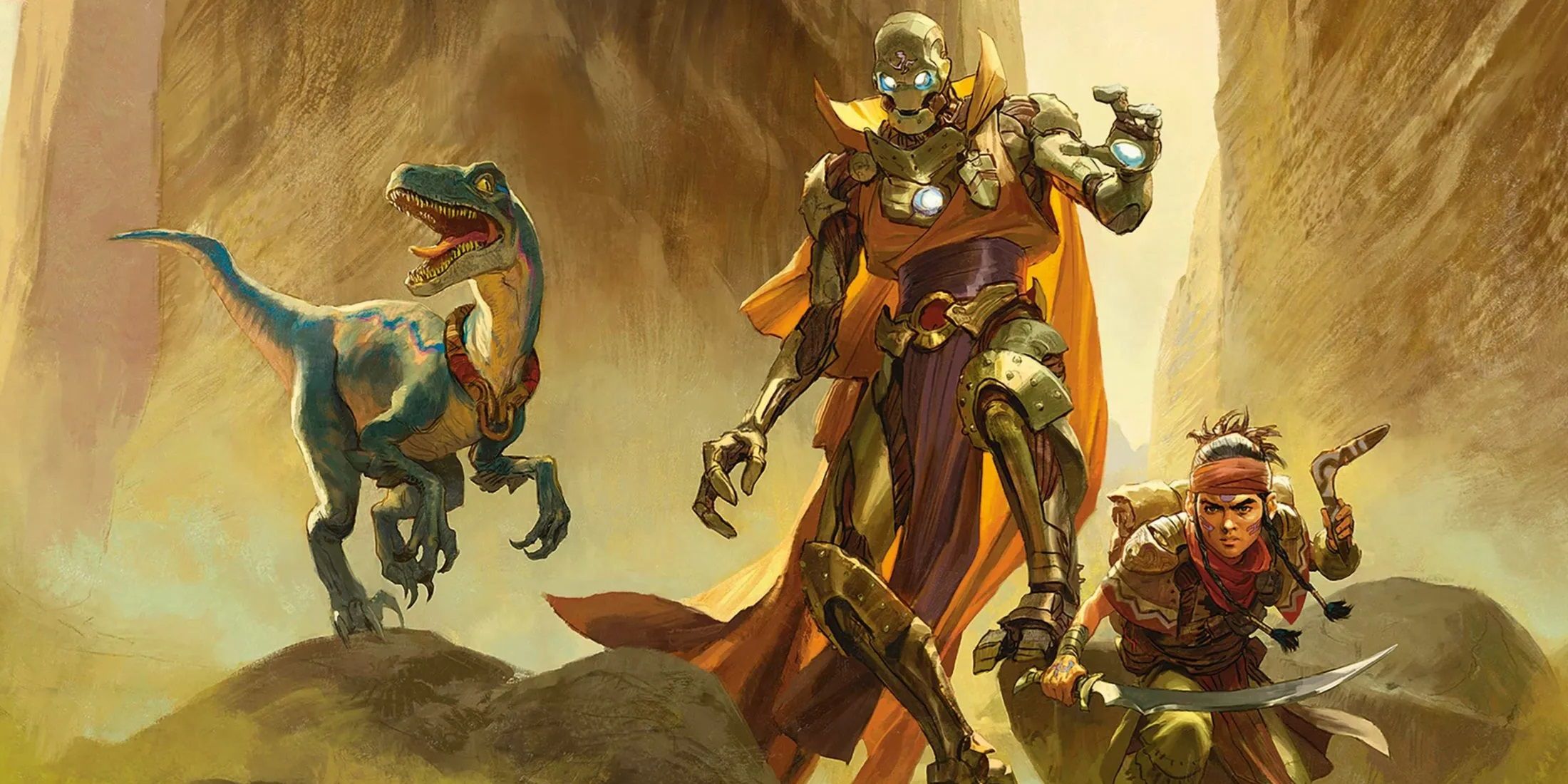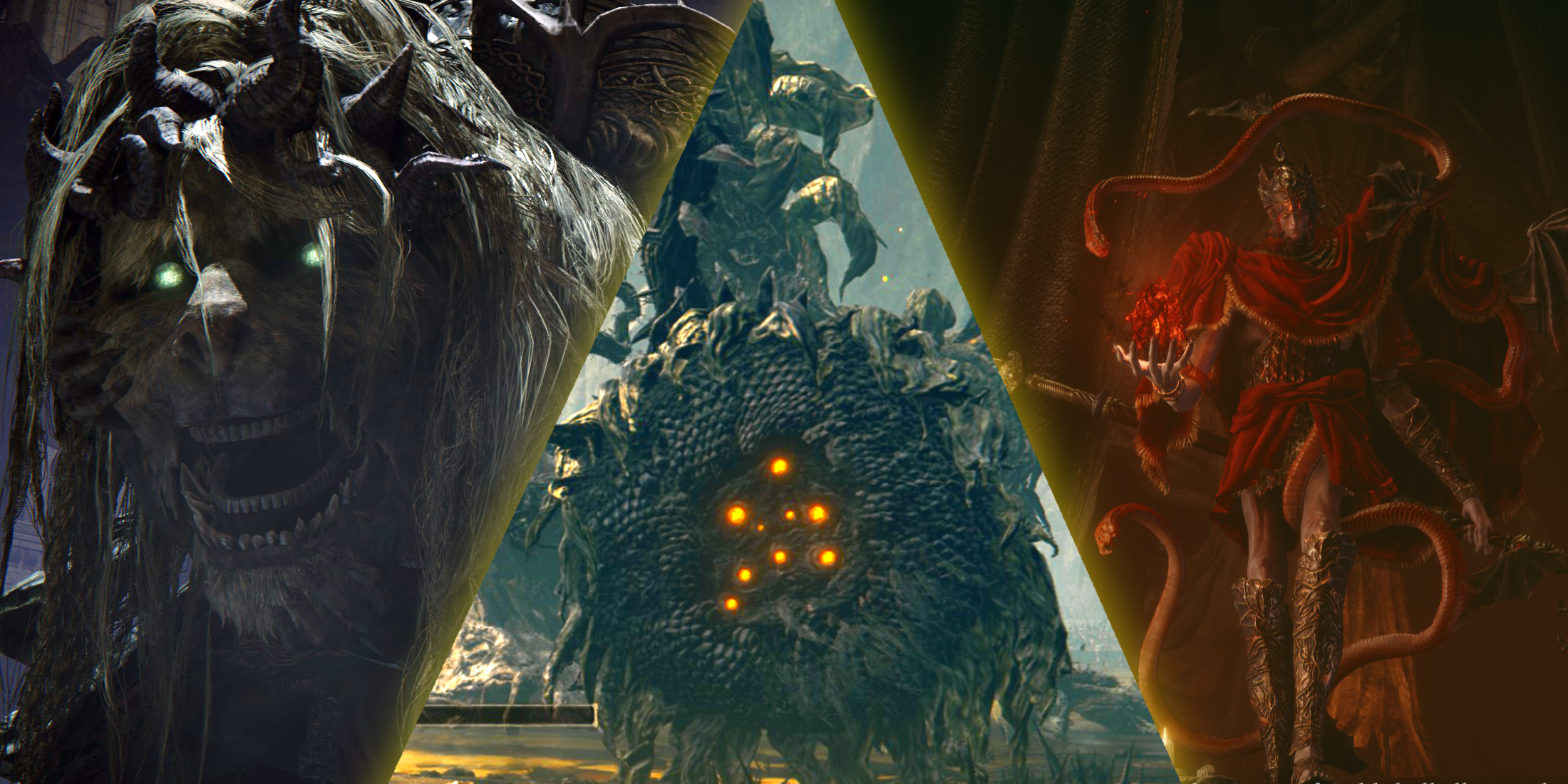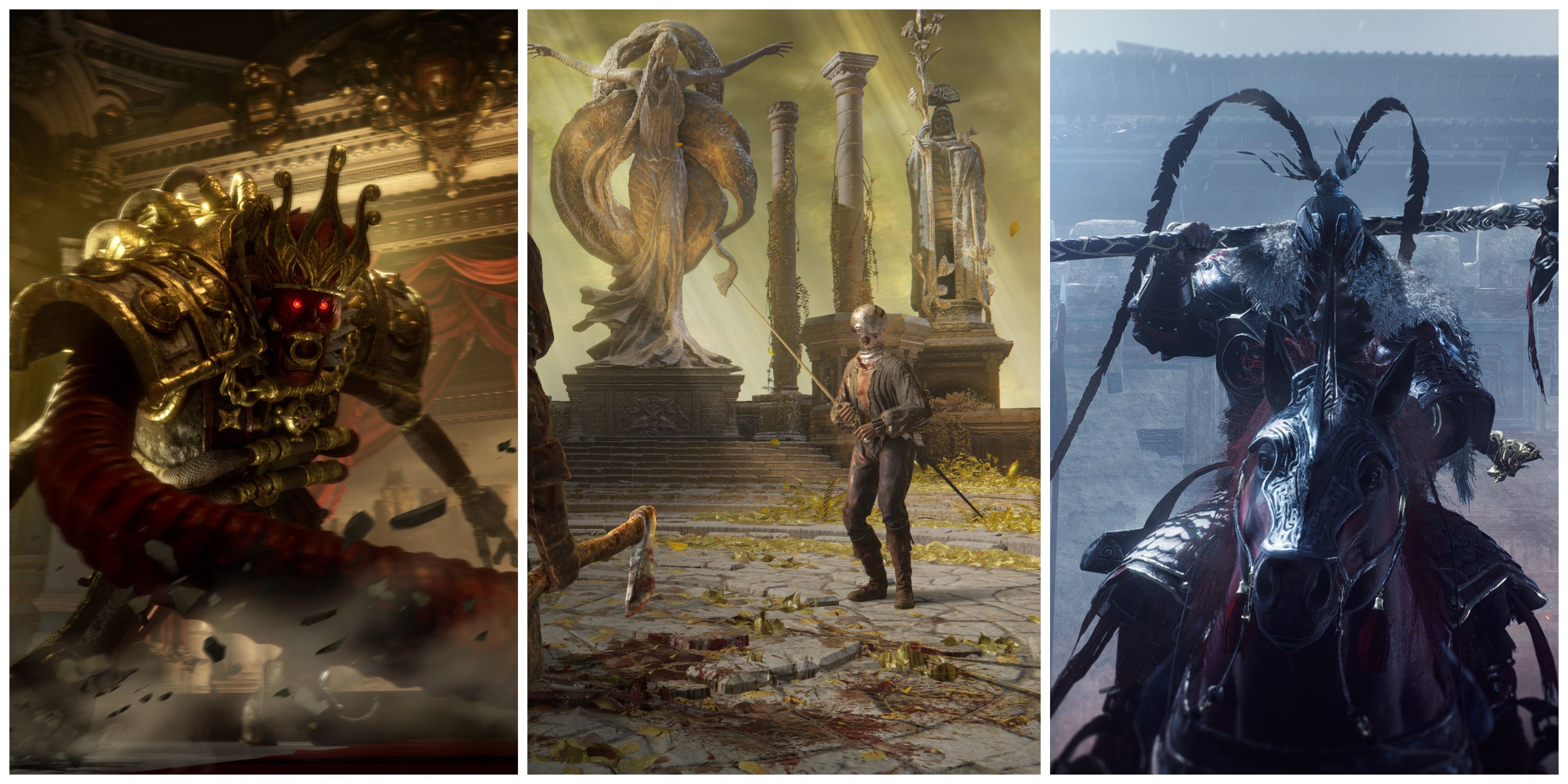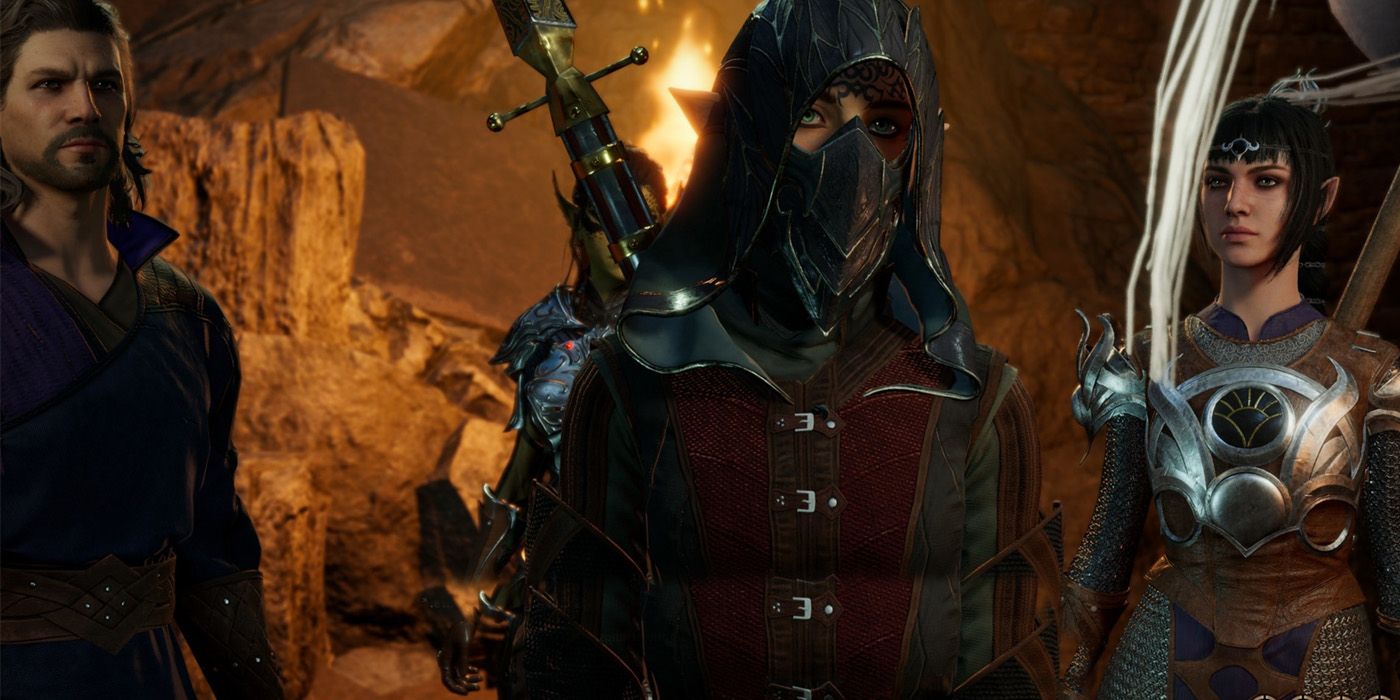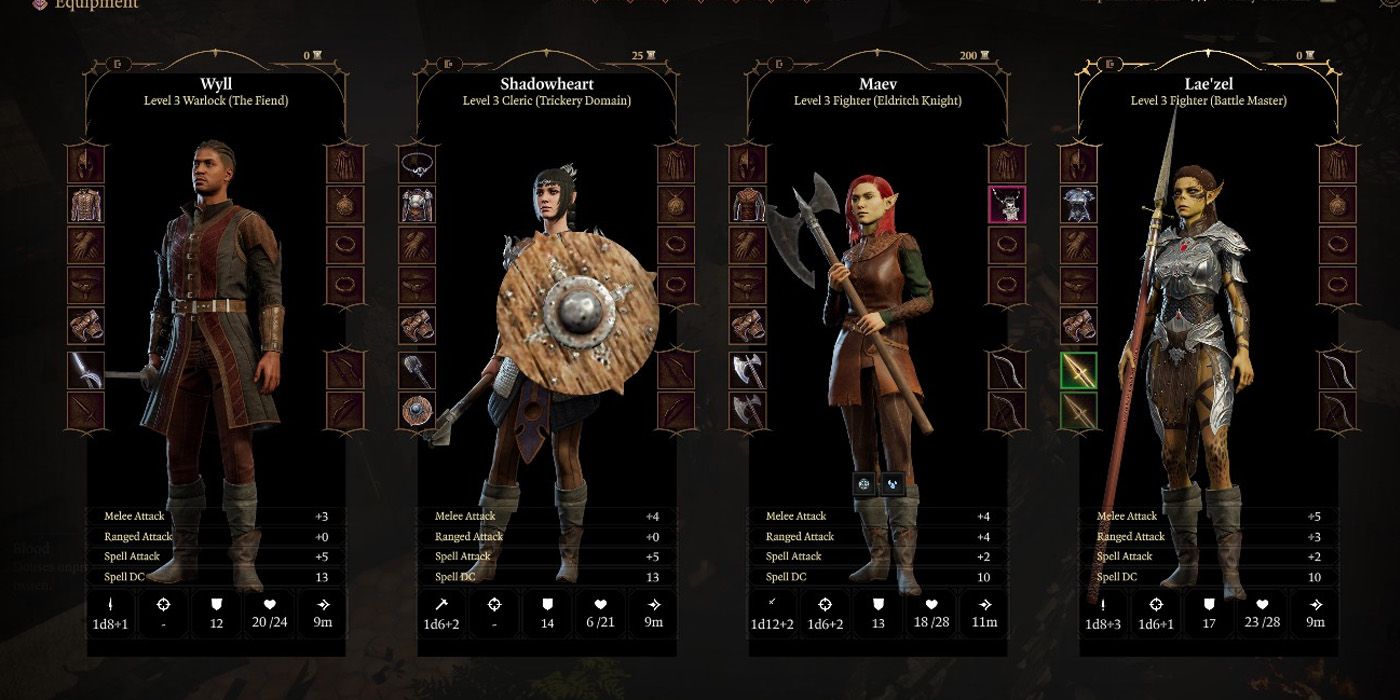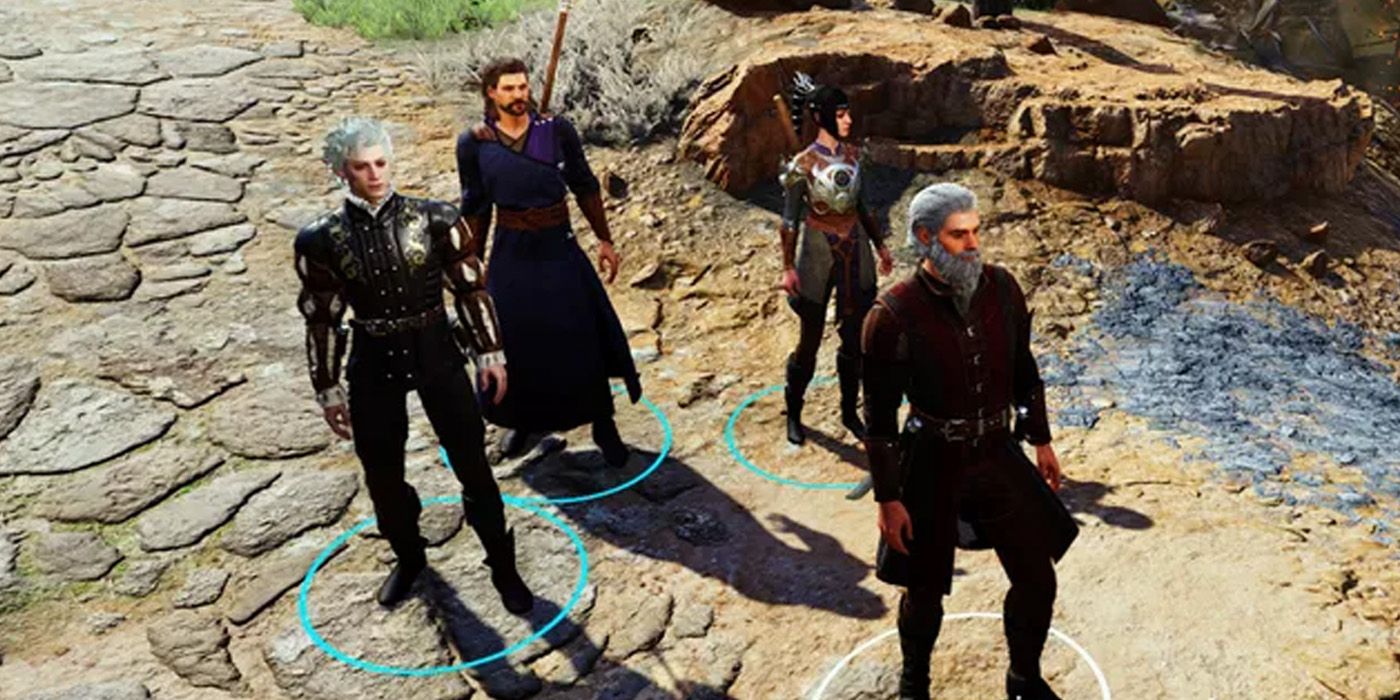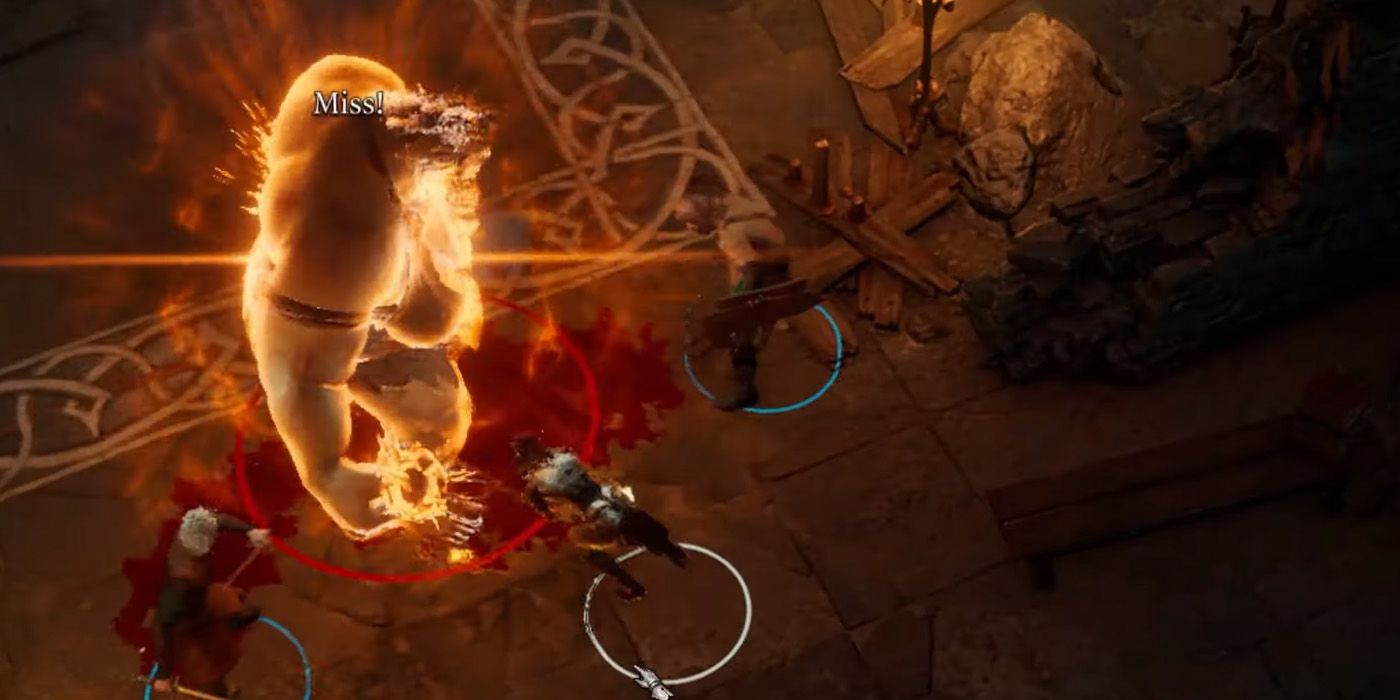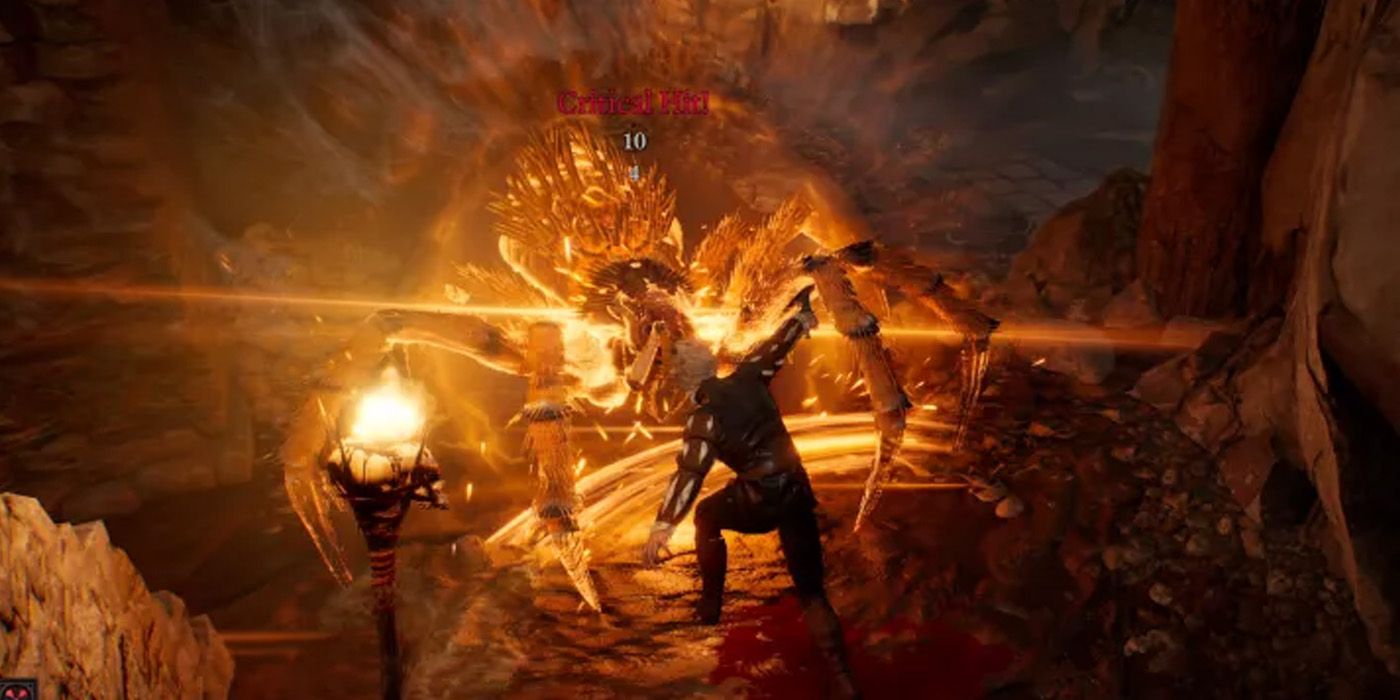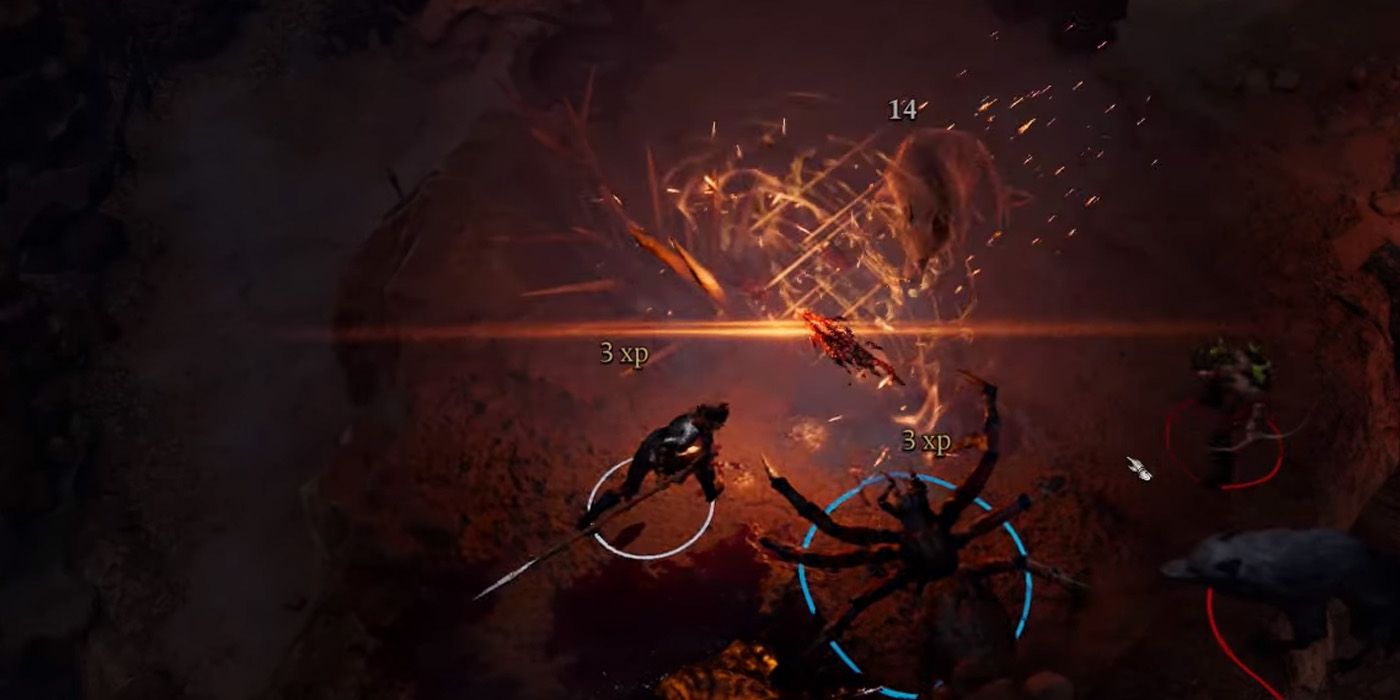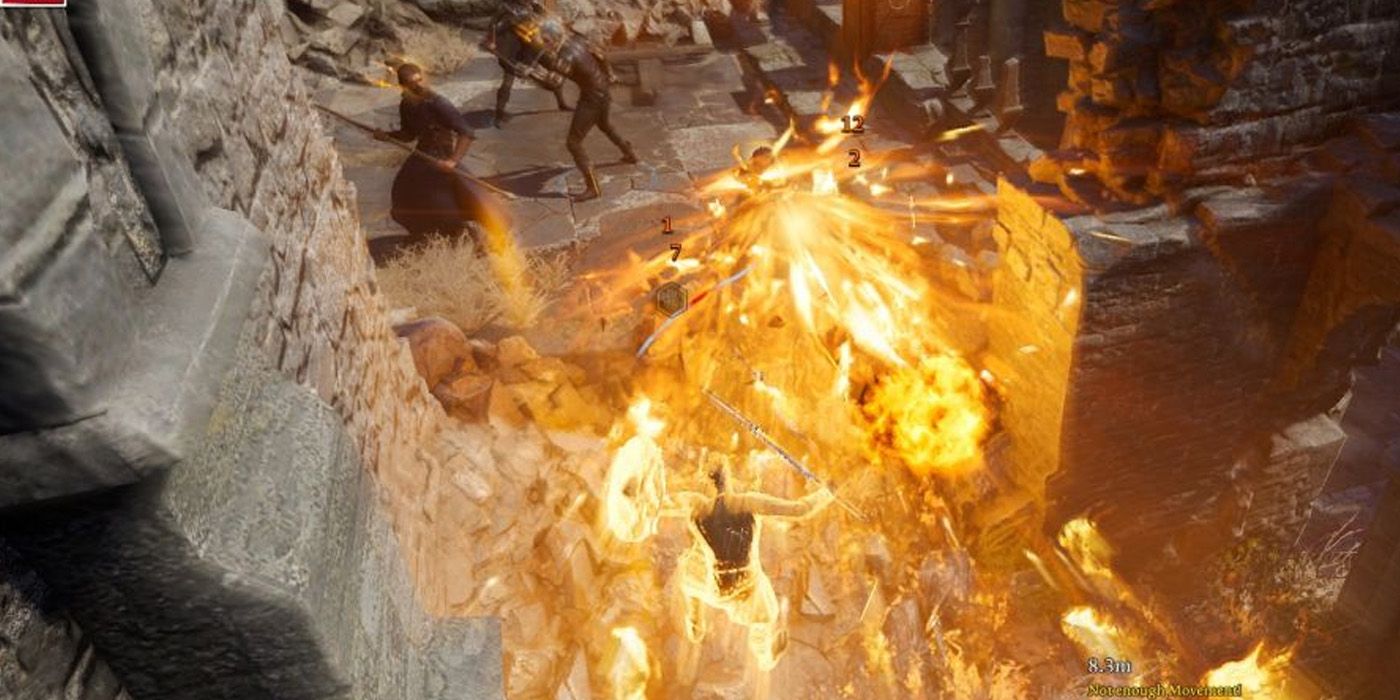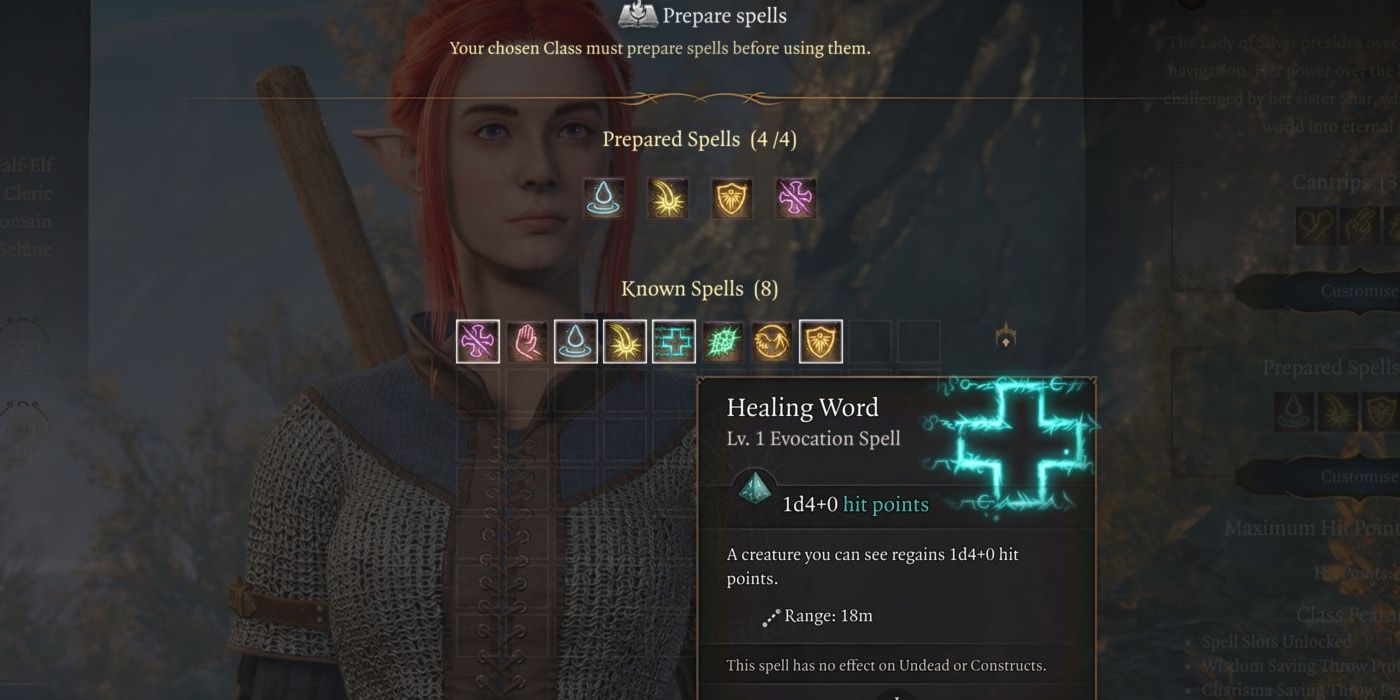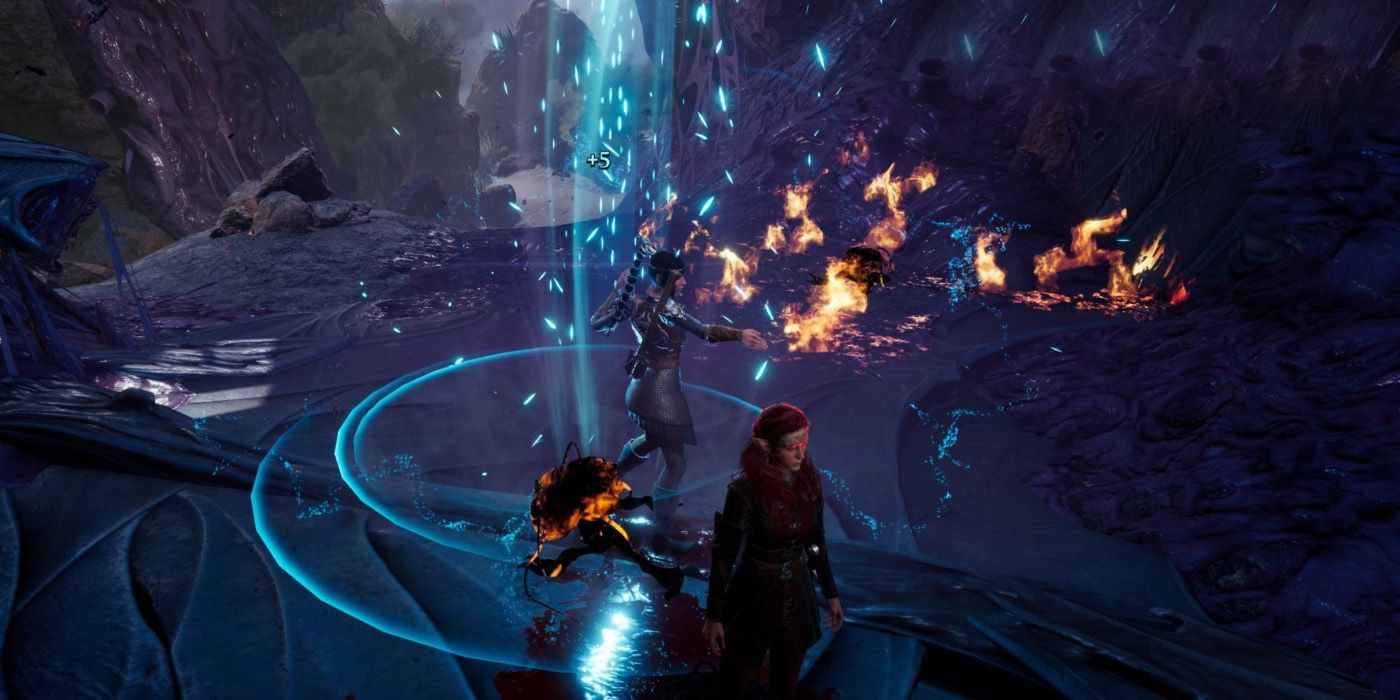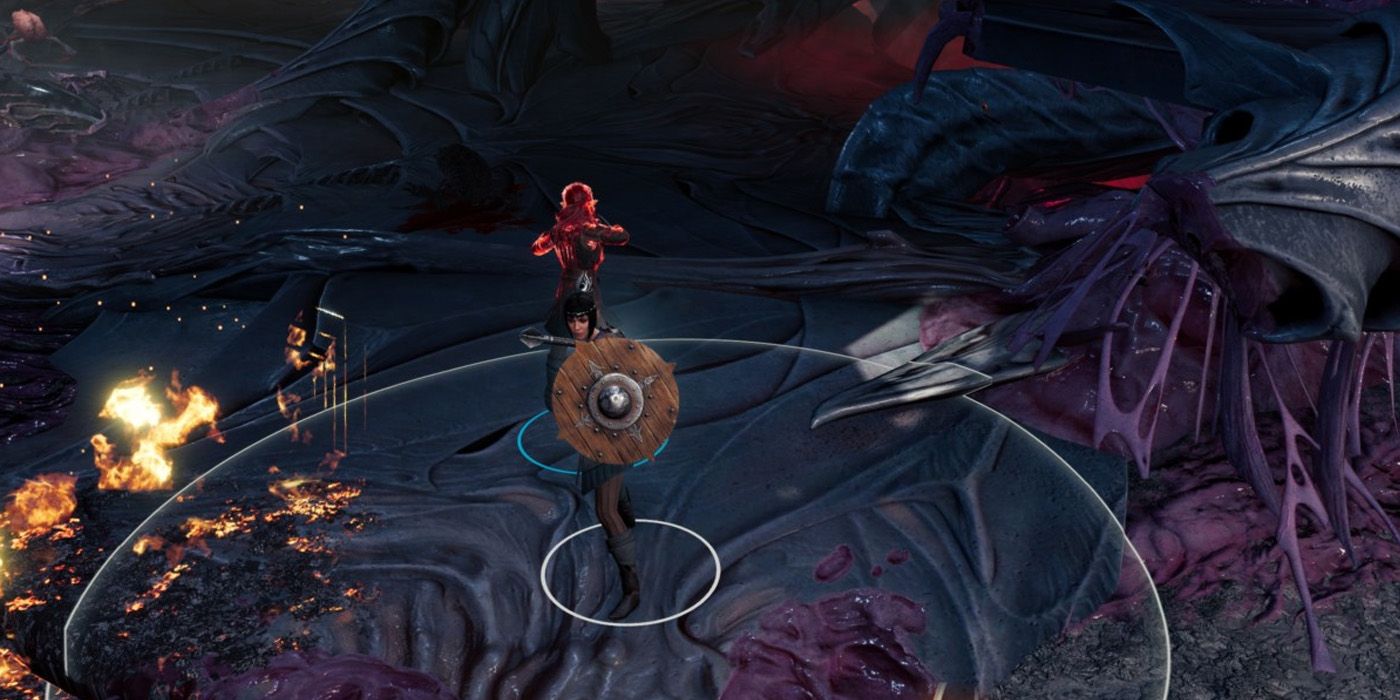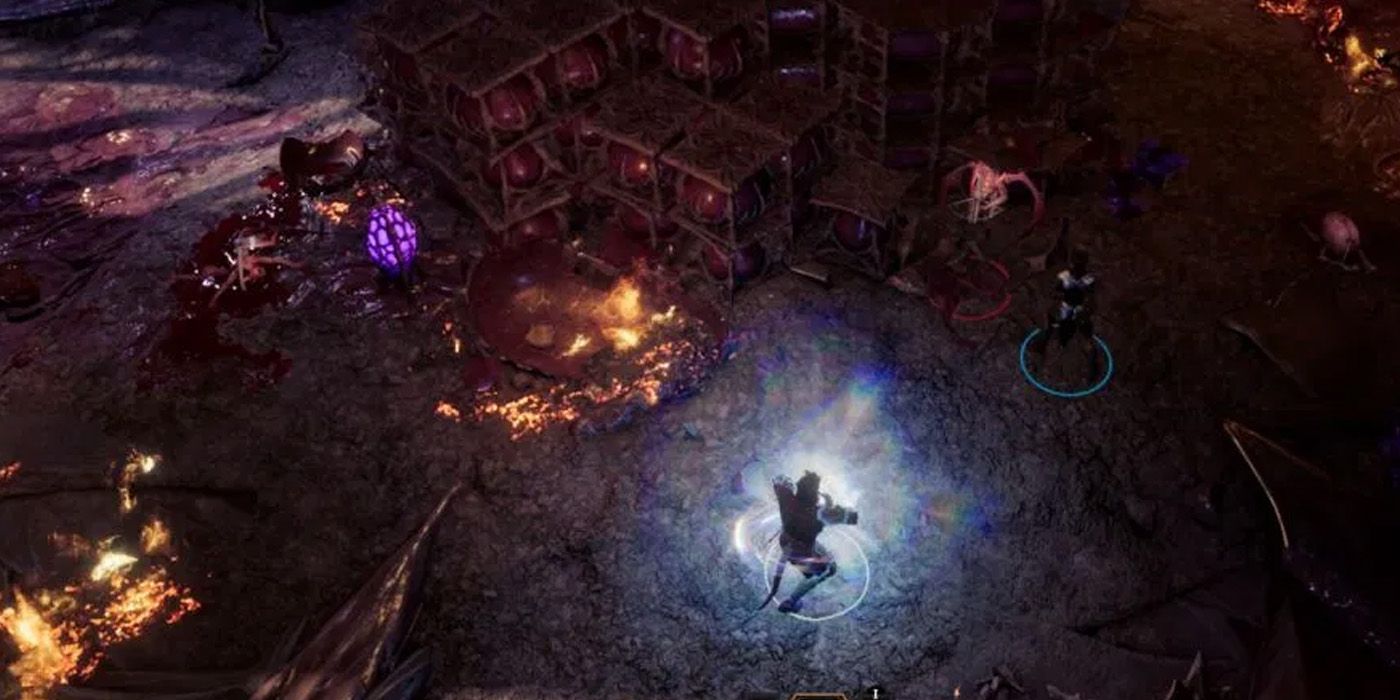Players of Baldur's Gate 3, which is currently in early access, familiar with Dungeons & Dragons will recognize the latter's rules applied in the Larian Studios title. For instance, the Baldur's Gate game relies on the Holy D20 for Attack Rolls and Ability Checks. Furthermore, characters rely on Skill Proficiencies to excel in certain situations. In turn, these technicalities imply players can also use D&D rules when building their own party.
Interestingly, D&D players might want to try applying rules in the TTRPG when building their adventurers. Additionally, thinking of the game from a D&D standpoint might make certain elements of party-creation much easier.
As Baldur's Gate 3 is currently in early access, only six Classes are available. However, the full release should include all 12 Classes.
10 Follow Basic Archetypes
Most RPGs adhere to the idea of three-class setups: a fighter that focuses on physical combat, a mage that specializes in offensive spellcasting, and a healer that prioritizes in support. Thanks to TTRPGs like D&D and games such as Final Fantasy, these roles have expanded to accommodate other archetypes. BG3 will feature all 12 Classes from D&D 5e, which makes putting together a party a bit difficult.
However, a good rule of thumb is to always rely on the basic triangle. A party should always have a tank to lure enemies in and soak damage. Meanwhile, the damage dealer usually gets to finish the job by dishing out huge attacks while enemies are distracted. Lastly, healers always ensure that both the tank and damage dealer do their jobs.
9 Decide On An Approach
Players who want to include other Classes might want to understand how these can affect the overall party formation and approach. For instance, the basic Tank-Mage-Rogue-Healer almost always accommodates all battle scenarios.
Alternatively, players can rely on long-ranged combat to ensure their safety. A lone tank grabs the enemy's attention while two long-range DPS characters batter foes from afar. As a kicker, a healer with a dash of melee can defend the DPS characters.
Likewise, it's also a good idea to dish out everything in melee. Save for a long-range spellcaster, a melee-based healer can accompany a tank and a melee DPS to eliminate enemy teams. This way, the healer can ensure the melee attackers get healing. However, a healer in melee can still chase enemies who try to hurt their spellcaster.
8 Tanks Soak In Damage
Players might notice that tank-oriented classes such as the Barbarian and Fighter often have a "bland" set of features, unlike more flexible Rangers, Rogues, and even Warlocks. That's because their specialization as tanks and melee fighters need them to prioritize defending the front line instead of unleashing flashy abilities.
In turn, Tanks should have the highest Armor Class in the game. In D&D, and by extension BG3, AC generally comes from armor, except for those with Unarmored Defense (e.g. Monk, Barbarian) that bestows AC based on their Dexterity. Shields and protective Spells also bestow additional AC. Players choosing a Tank should pick a character with the ability to wear plate armor and shield (e.g. Fighters, Paladins), or at least get decent AC on the get-go (e.g., Barbarian) to ensure their tanking potential.
7 Consider Tanks, Alt-Tanks
Full 6-player parties in D&D often have a tank and a couple of melee DPS to fight teams of enemies. Sometimes, tanks and their melee companions alternate taunting or baiting enemies to position thanks to their higher AC numbers. In MMOs like Final Fantasy 14, players refer to this process as a tank rotation. In D&D, a party may maximize DPS with the same strategy thanks to hybrid tank/DPS Classes.
For instance, the Fighter Battle Master has Maneuvers that manipulate the battlefield to their favor. Meanwhile, the Eldritch Knight takes advantage of magic to dish out more damage to foes. Lastly, the Champion's straightforward approach makes it ideal for soaking damage.
Meanwhile, the upcoming Barbarian makes use of Rage to defend its allies and capitalize on damage. In turn, their builds either let them soak damage long enough for their allies to kill their enemies, or they can swiftly end the battle before their allies get hurt.
6 DPS Adjusts Based On Approach
When making parties, it's the DPS that often decides the fate of the party's damage output. That's because DPS also tends to have Classes that branch out into semi-tanking, semi-spellcasting, and semi-healer roles.
Essentially, BG3 players can count on the Rogue and their Sneak Attack for massive melee DPS. Meanwhile, the Monk's Flurry of Blows makes them great for attacking enemies in quick succession.
Likewise, the Wizard easily trumps other spellcasters as the best long-range DPS in the game. Their massive arsenal of Spells allows them to dish out large amounts of damage, although Wizards need a bit of protection as they lack in the Constitution department.
5 Maximize Utility Spellcasters
Unlike the Wizard, hybrid Spellcasters such as the Ranger and Sorcerer focus less on dishing out massive damage and more on providing handy utility options.
For instance, the Ranger's Spells serve more as buffs to enable them to deal better damage against enemies. Meanwhile, the Warlock's Spells let them tinker around with the battlefield to the party's advantage.
Interestingly, the Sorcerer's Metamagic feature allows players to maximize their roster of Spells. For instance, they can use Metamagic options to increase targets, empower rolls, and preserve actions.
4 Support Prioritizes Healing
Aside from tanks, parties should never forget about having a support Class. Unfortunately, in real-life, being "forced into a Cleric" is something that happens all too often in game groups. However, parties resort to this for good reason. Of all Classes in D&D, and by extension BG3, the Cleric has the best arsenal of healing Spells. And for those who don't want to serve under a Divine Domain, certain subclasses under the Bard, Druid, and Paladin Classes do prioritize healing.
As much as possible, spellcasters such as Clerics should assign at least one healing Spell across all spellcasting levels. ![]() Cure Wounds (L1) and
Cure Wounds (L1) and ![]() Goodberry (L1) always remain great beginner options. That way, healers will never run out of healing Spells regardless of their Spell Slots. Afterward, healers can accommodate buffs, debuffs, and minor damage Spells into their arsenal depending on the party's needs.
Goodberry (L1) always remain great beginner options. That way, healers will never run out of healing Spells regardless of their Spell Slots. Afterward, healers can accommodate buffs, debuffs, and minor damage Spells into their arsenal depending on the party's needs.
3 Be Wary Of Hybrid Healers
D&D 5e bestows more combat options to healing-affiliated Classes, such as the Cleric, Bard, Druid, and Paladin. However, parties with battle-ready healers should lean towards ending the battle as swiftly as possible, as they may lose in battles of attrition due to the lack of recovery spells.
The Cleric's War Domain allows them to become DPS hybrids as they get access to more combative Spells. Likewise, the Paladin's Oath of Vengeance gives them less healing abilities and more offensive Spells, encouraging faster battles. Lastly, the Bard and Druid's subclasses emphasize buffs and utility Spells.
2 Check Pre-Battle Potential
Great parties work well in battle, but the best ones work together even before combat starts. Players building their parties should consider how their abilities affect each member even before the battle begins.
For instance, it's advisable for parties to have Classes that bestow various bonuses that will last them throughout battles. For example, Temporary HP can do wonders for the party in general. Likewise, players need to assess whether certain party members excel in getting the Initiative prior to battle or if they need to come in later for Surprise Attacks.
1 Ensure Combat Synergies
Players in D&D often take time determining Class choices in order to ensure their Class Features somehow benefit the entire party. Gamers can apply this logic in BG3, as parties survive often if their abilities "synergize" or work together during battle.
For instance, tank-heavy parties need to secure the tank's safety to give room for DPS to deal damage. In this case, Clerics can cast Shield to bolster the tank's HP to ensure they can't get hit by enemy attacks.
Furthermore, players need to ensure that Spells that interact with the party can reach them at all costs. For example, touch-based healing spells mean either healers should have enough mobility to dart around the battlefield, or the recipients should be able to go to the healer without bringing the enemy to them.

